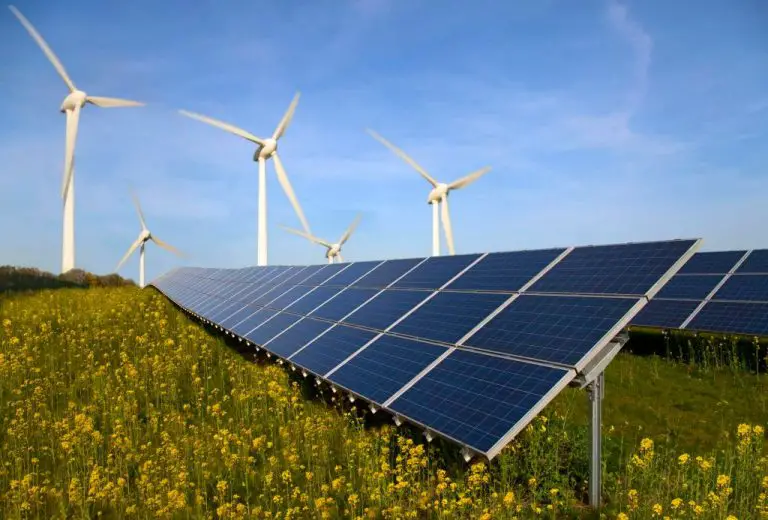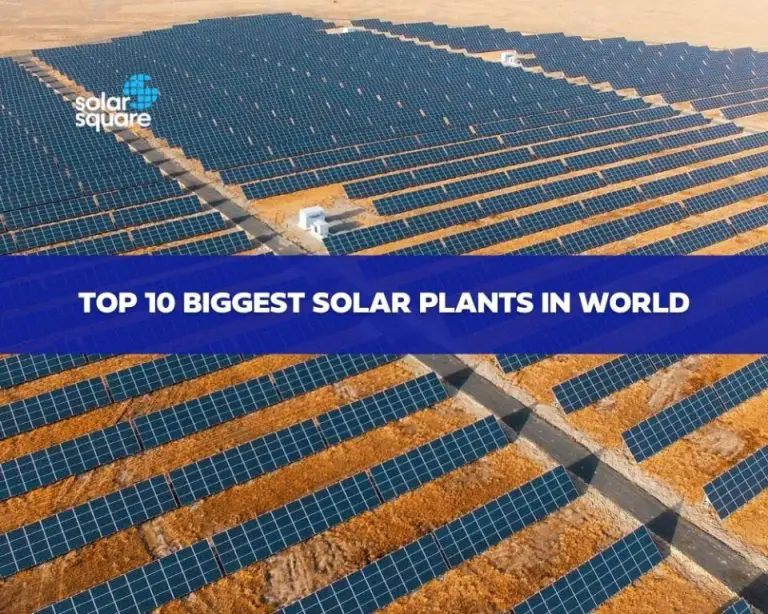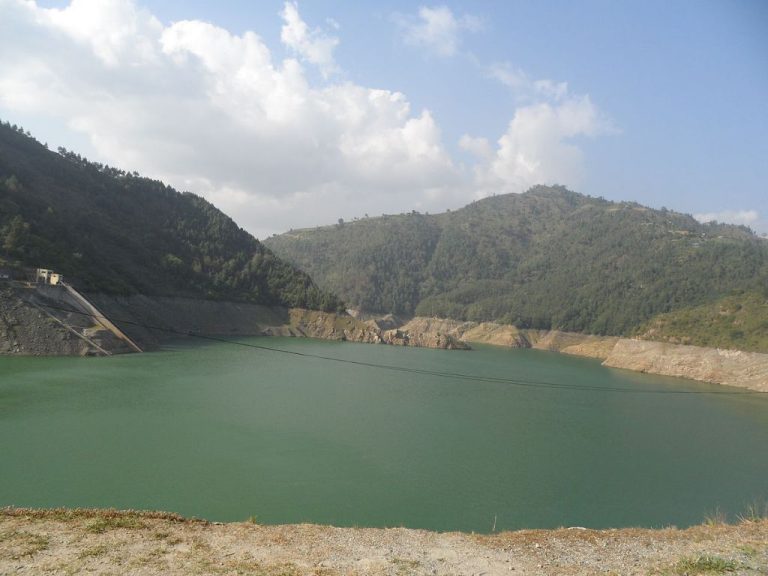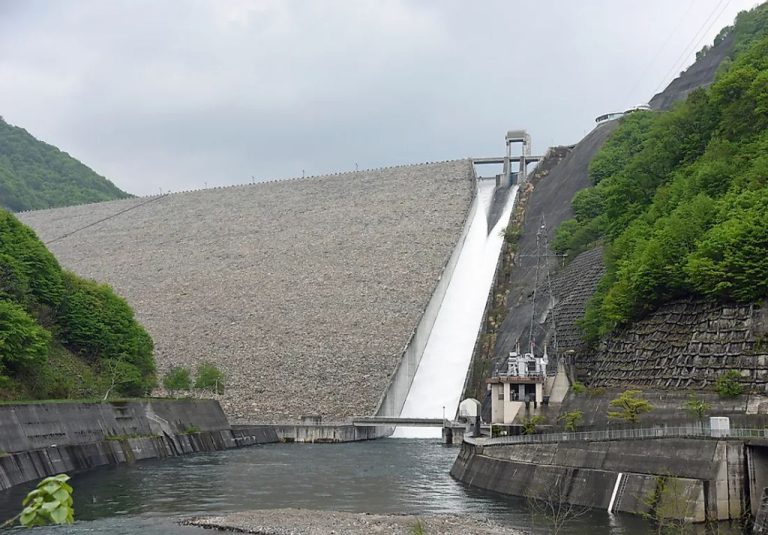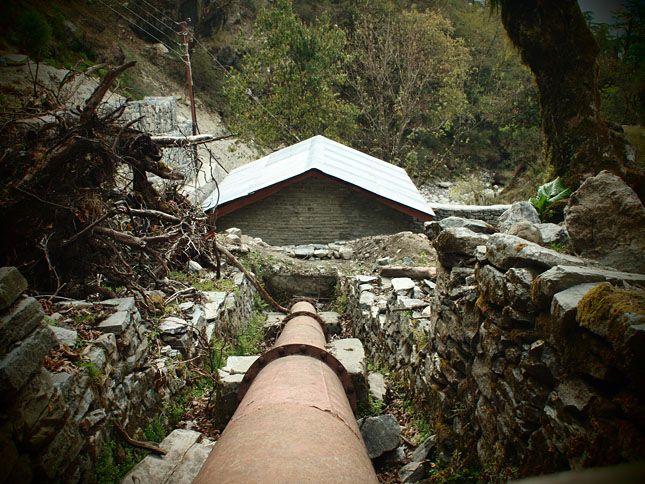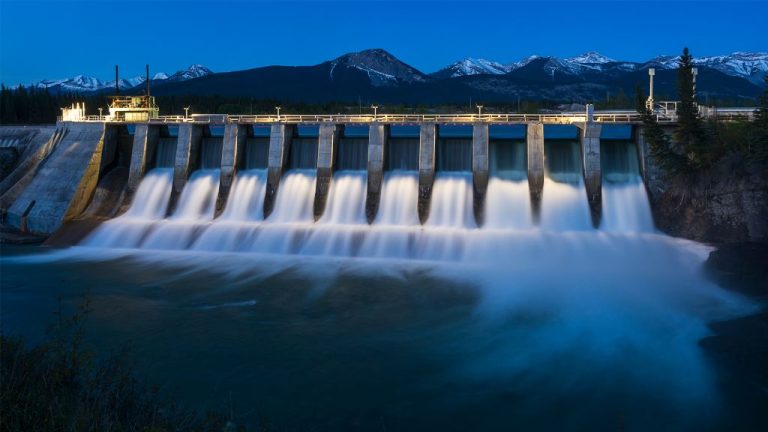What Is The Power Formula For Hydro?
Hydroelectric power is the generation of electricity from flowing water. It is a renewable and sustainable energy source that has been utilized for over a century. Hydroelectric power plants capture the energy of moving water to turn turbines and generate electricity. The flowing water that drives hydroelectric power comes from rivers, waterfalls, and reservoirs created by dams.
Hydroelectric power is one of the most important sources of renewable energy globally, providing over 16% of the world’s electricity. As of 2020, hydroelectricity generation worldwide exceeded 4,400 terawatt-hours, avoiding over 1.5 billion tons of CO2 emissions. Hydroelectric power is an essential source of clean electricity that helps reduce dependence on fossil fuels.
The main advantages of hydroelectric power plants are their ability to quickly respond to peak power demands, integration with water management systems, long operational life spans, and low operating costs. Hydroelectricity is crucial for many regions to meet electricity needs in a sustainable manner.
Hydroelectric Power Basics
Hydroelectric power works by converting the energy of flowing water into electricity. Here’s how it works (TVA 2022):
A dam is built to create a large reservoir, which allows control of the water flow. The dam stores potential energy via the water held in the reservoir. Gates in the dam open to allow water to flow through tunnels in the dam wall. The flowing water rotates turbines, which spin generators to produce electricity. The electricity is sent through transformers to increase the voltage, allowing efficient transmission over long distances.
The moving water represents kinetic energy, which gets converted to mechanical energy by the turbines, then to electrical energy by the generators. The height of the water behind the dam represents potential energy that gets converted to kinetic energy as it falls through the dam tunnels. Overall, hydroelectric dams convert the gravitational potential energy of elevated water into electricity (Velatia 2021).
The Power Formula
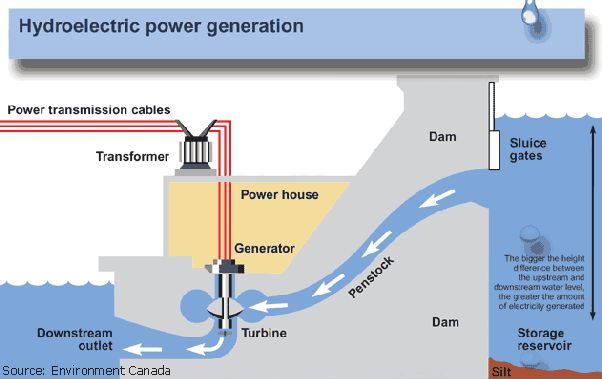
The power output of a hydroelectric plant is calculated using the following formula:
P = ηρgQH
Where:
P = Power output (watts)
η = Efficiency of the turbine (dimensionless)
ρ = Density of water (kg/m3)
g = Acceleration due to gravity (m/s2)
Q = Flow rate (m3/s)
H = Head or height difference (m)
This formula shows that the power output of a hydroelectric plant depends on several factors:
The efficiency (η) accounts for any energy losses in the turbine. More efficient turbines convert a higher percentage of the available energy into electricity.
The density (ρ) of water determines how much potential energy is available based on the volume. The density of water is approximately 1000 kg/m3.
Gravity (g) converts the potential energy into kinetic energy as the water falls. The acceleration due to gravity is 9.81 m/s2.
The flow rate (Q) is the volume of water passing through the turbines per second. More water provides more kinetic energy to be converted.
The head (H) is the vertical distance the water falls. More height means more gravitational potential energy is converted into electricity.
By optimizing each of these variables, hydroelectric generators can maximize their power output. The key factors are the head, flow rate, and efficiency.
Head (H)
Head (H) refers to the vertical height the water falls from the intake to the turbine in a hydroelectric power plant. It represents the potential energy of the water that gets converted into kinetic energy as the water falls. According to the power formula for hydroelectric power, the higher the head, the more power that can be generated, since the water has more potential energy to start with. The head depends on the difference in elevation between the intake and the turbine as well as any losses due to friction, turbulence, and changes in velocity along the penstock.
Maximizing the head allows hydro plants to generate more electricity from the same amount of water flow. Building dams to increase the head is a common way to boost power output. The head also impacts the optimal design of the turbine – high head systems work best with Pelton wheels, while low head systems are better suited for Kaplan turbines. Overall, head is a critical factor determining the potential power output of a hydroelectric installation.
Flow Rate (Q)
The flow rate, represented by Q, refers to the volume of water that passes through the hydroelectric power plant per unit of time, usually measured in cubic meters per second (m3/s). The flow rate is a key factor in determining the amount of power that can be generated.
As the flow rate increases, more water is passing through the turbines, which enables them to extract more energy and generate more power. So there is a direct relationship between flow rate and power – higher flow rates result in higher power output. This is represented in the power formula, where power is directly proportional to flow rate (P ∝ Q).
The available flow rate depends on the volume of water upstream of the dam and intake system. Seasonal rainfall and snowmelt affect river volumes and therefore the potential flow rate. Dams with large reservoirs can store water and regulate flow rates to some degree, providing more consistent power output throughout the year.
For maximum power generation, hydroelectric facilities are designed and operated to optimize flow rates. The intake system, penstock size, turbine capacity and other components are engineered to make full use of the site’s flow potential. Monitoring and controlling flow allows output to be matched with electricity demand.
Overall, the higher the flow rate passing through the turbines, the more power can be generated by the hydroelectric system (Source: https://energyeducation.ca/encyclopedia/Hydroelectric_discharge). Optimizing flow rate is key to maximizing the power output.
Density (ρ)
The density (ρ) of water is an important factor in determining the power output of a hydroelectric plant. Density is defined as mass per unit volume. Water has a density of approximately 1000 kg/m3 under normal conditions [1]. This relatively high density, compared to air or steam, means that a large amount of potential energy can be extracted from a relatively small volume of water in a hydro system.
As shown in the power formula, the density of water is directly proportional to the power output. The higher the density, the more mass that is flowing through the system per unit volume, and thus the greater the kinetic energy that can be converted into electricity by the turbine generator. This makes water an ideal medium for hydroelectric generation. The high density of water compared to other fluids like air allows hydro facilities to produce electricity efficiently and economically.
Gravity (g)
Gravity is one of the key factors that determines the amount of power that can be generated from hydroelectric dams. The power output depends directly on the gravitational force, or the acceleration due to gravity (g). The standard value for gravity used in hydroelectric power calculations is 9.81 m/s2. This is the gravitational acceleration near the Earth’s surface.
Gravity provides the downward force on the water contained behind the hydroelectric dam. As the water falls from the top level of the dam down to the turbine below, it converts its potential energy into kinetic energy. The kinetic energy of the moving water then causes the turbine blades to spin, which drives the generator to produce electricity. The greater the height the water falls, called the “head,” the greater the acceleration due to gravity it experiences. This results in higher kinetic energy and thus higher power output from the hydro system.
The role of gravity in determining hydroelectric power can be summarized in two key ways:
- The acceleration due to gravity (g) is a constant in the power formula, directly multiplying the head and flow rate variables.
- Gravity provides the downward force to convert potential energy of the dammed water into kinetic energy to drive the turbines.
Understanding gravity’s role is crucial for optimizing the design of hydroelectric dams and turbines to maximize power generation.
Efficiency (η)
The efficiency of a hydroelectric plant determines how much of the water’s potential energy can be converted into electricity. According to the U.S. Department of Energy, hydroelectric efficiency typically ranges from 20% to 90%.
There are several factors that affect hydroelectric efficiency:
- Turbine design – Improved turbine designs like Kaplan turbines can achieve efficiencies over 90%. Older Francis and Pelton turbines may have lower efficiencies around 80%.
- Water flow – Higher water flow allows turbines to operate near peak efficiency. During low flow seasons, efficiency drops.
- Head height – Higher head heights contain more potential energy, increasing efficiency.
- Generator and transformer losses – Friction and electrical resistance reduces efficiency by 5-10%.
- Maintenance – Buildup of sediment and wear reduce efficiency over time. Regular maintenance and upkeep is required.
The U.S. Department of Energy has incentive programs to encourage hydroelectric plant owners to invest in efficiency upgrades. This helps optimize the nation’s existing hydro resources.
Optimizing Power
The power output of a hydroelectric plant can be optimized by maximizing the variables in the power formula. Here are some key ways to optimize hydroelectric power generation:
Maximize the head (H) by building taller dams or using pumped storage to create an artificial head differential. According to research, optimizing dam operations and water release decisions can maximize power generation (https://www.nature.com/articles/s41598-022-11915-0).
Maximize the flow rate (Q) by using larger or additional water turbines and penstocks to allow more water volume through the system. Advanced modeling and forecasting can help optimize water release rates and turbine operations (https://www.pnnl.gov/news-media/optimizing-hydropower-water-and-energy).
Increase the density (ρ) by using denser mediums like sea water instead of fresh water where feasible. The density of the working fluid impacts the power output.
Locate projects in regions with higher gravity (g) since the acceleration due to gravity directly impacts power potential.
Improve efficiency (η) by using more efficient turbine designs, minimizing friction losses in penstocks, and ensuring optimal generator performance. Regular maintenance and upgrades can maximize efficiency.
Carefully balancing the tradeoffs between power generation, water supply uses, environmental factors, and other constraints is key to optimizing hydroelectric power. Advanced forecasting, operations research, and systems analysis techniques can help maximize power output within complex multi-objective river basin systems.
Conclusion
In summary, the power formula P = η × ρ × g × Q × H is a key equation for calculating the potential power output of a hydroelectric system. This simple formula helps hydro plant designers optimize facilities by addressing the major factors that determine power generation.
Optimizing the head and flow rate are the most effective ways to maximize power. The head depends on the vertical drop in the water while flow rate depends on the quantity of water passing through. Dams are often built to increase head and reservoirs can regulate water flow.
The power formula also accounts for the density of water and the gravitational constant, which are natural properties that cannot be changed. Overall, the hydroelectric power equation demonstrates the direct relationship between water flow and power output. Understanding this formula allows hydro producers to evaluate site parameters and operate plants for optimal electricity generation.

